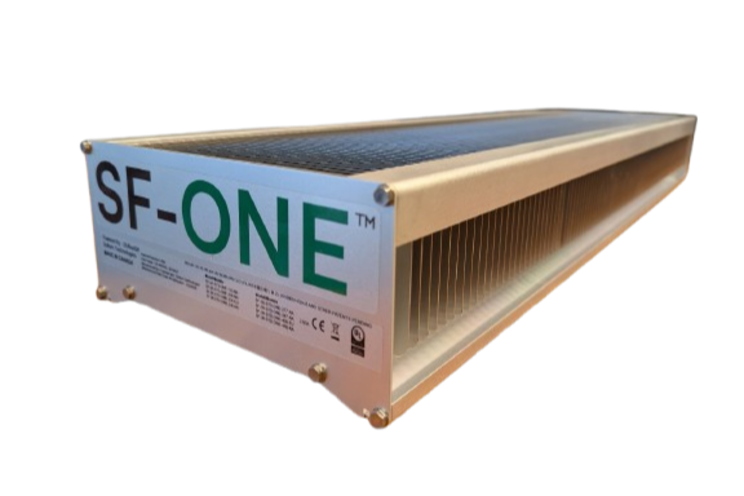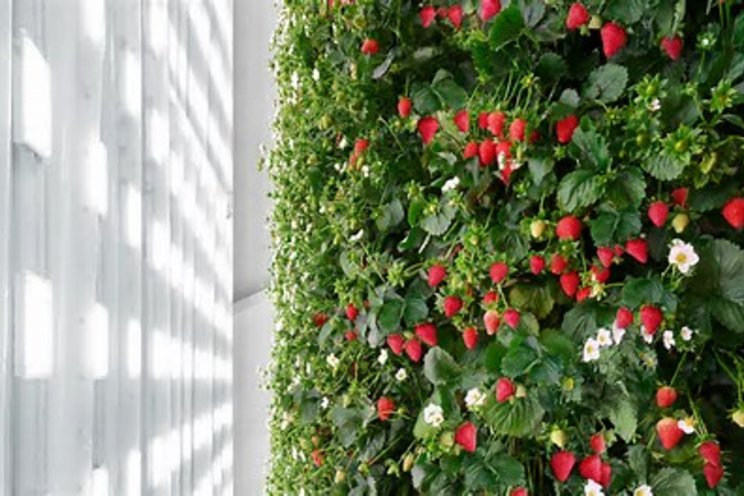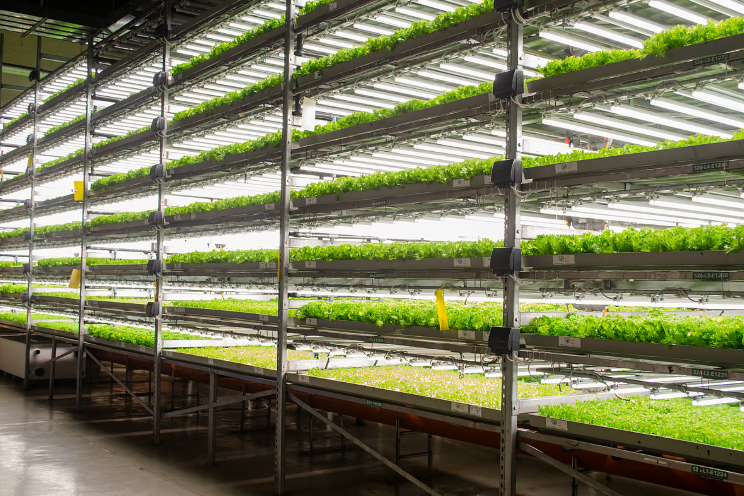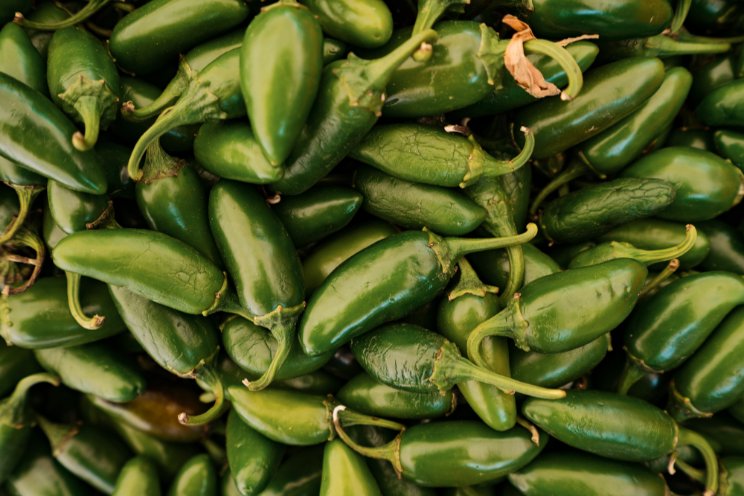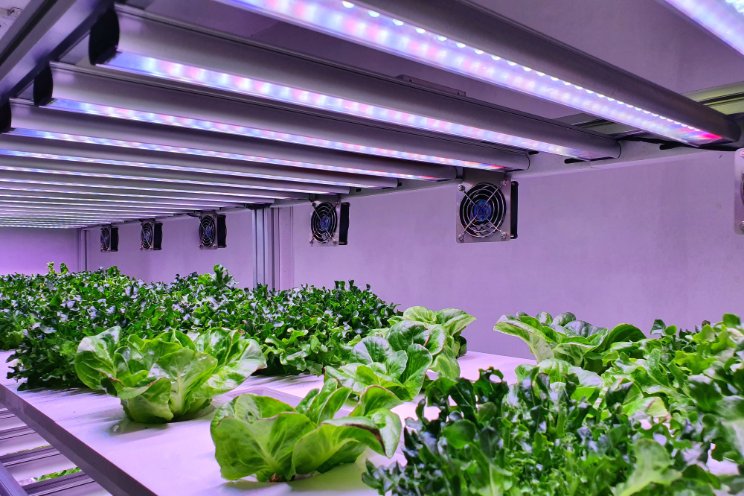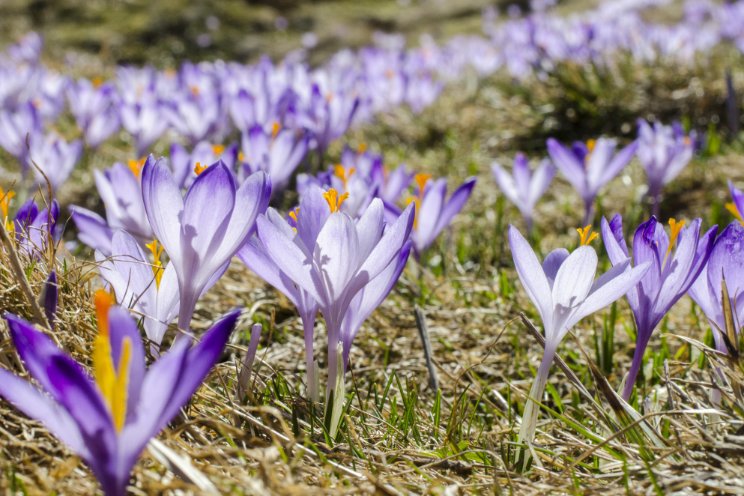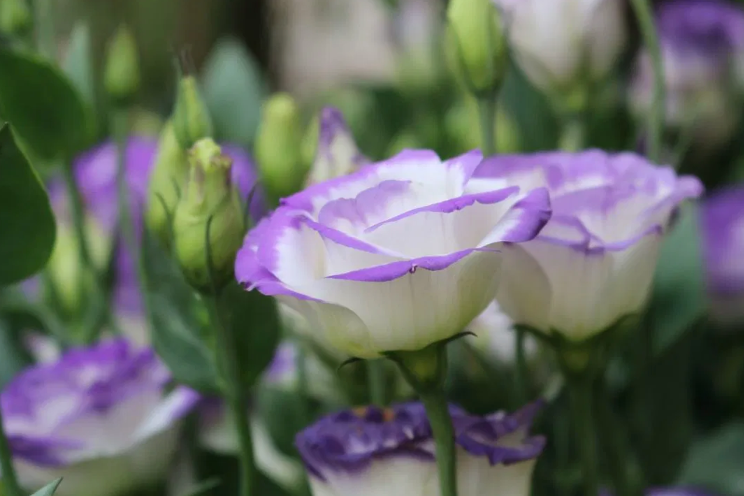The impact of light spectrum on plant growth
Added on 30 December 2022
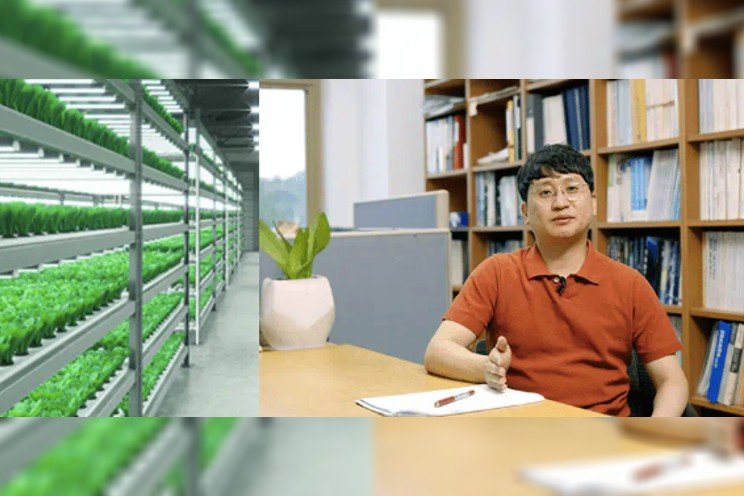
Lighting as Key Element in Successful Vertical Farming
Dr. Son, a leading researcher in horticultural science, described the background of the experiment: “Vertical farming, one of the best solutions for Controlled Environment Agriculture, makes possible the perfect regulation and control of indoor environmental factors, including temperature, humidity, CO2 concentration and lighting. It further diminishes seasonal and climate limitations in farming, thus making mass production of high-quality food possible. Since all lighting in a vertical farming environment is contingent on artificial lamps, innovative lighting technology is imperative for successful vertical farming.” He went on to say that lighting that had been used for horticulture has room for improvement in terms of heat release and life span. “That is why LED lighting is mainly being used in innovative vertical farms these days. Especially full-spectrum LED, which is a combination of blue, red, and green wavelengths, is becoming more popular than traditional narrow spectrum LED with only blue and red. This project was conducted to identify the most suitable light spectrum for successful vertical farms”, he said.
Discovering the Most Ideal Light Spectrum for Cultivation
Gyeongsang National University conducted a series of experiments on the impact of light variations on plant growth, and the secondary metabolites of two lettuce cultivars, namely: butterhead and romaine lettuce. The lettuce plants were farmed over four weeks, utilizing an LED lighting equipped system. While keeping all other conditions the same, they applied various types of LED light sources, the narrow spectrum LED, a combination of blue and red light, and three different types of white-based full spectrum LEDs. For the full spectrum LEDs, they used both conventional 450 nm peak wavelength, as well as the 437 nm peak wavelength. They examined the rate of holistic growth, and analyzed the nutritional components to observe overall plant quality.
Photo Courtesy of GreenTech
More news
